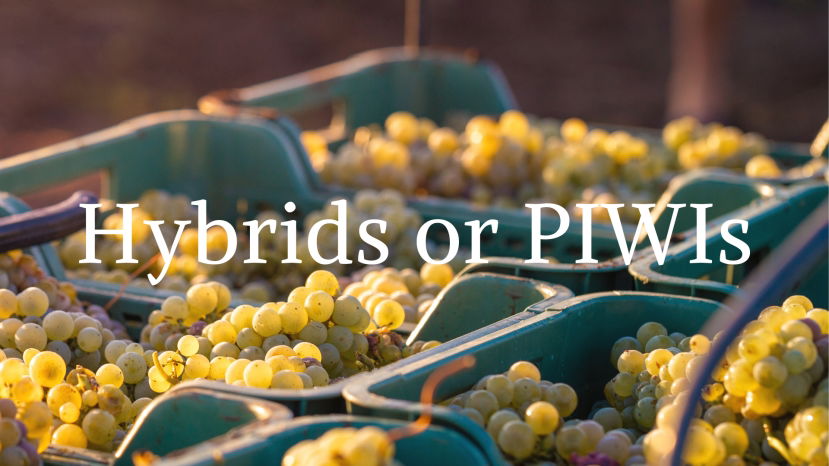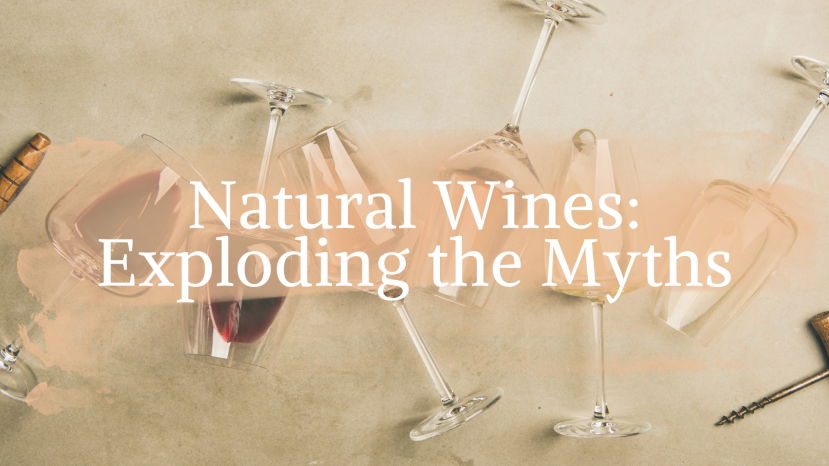BLOG
Simon J Woolf
Summary:
Have you ever tasted a Souvignier Gris, a Solaris or a Bronner? What about Regent, Cabernet Cortis or Rösler? These are just some of the disease-resistant varieties that have been bred over the last few decades from complex crossings of vitis vinifera cultivars with American sub-species such as vitis labrusca, vitis riparia or vitis rupestris.
What started as a crude exercise in creating new plant material in the wake of the turn-of-the-century phylloxera
Summary:
It's become one of the hippest and most contentious niches in wine, often poorly understood and derided by the more traditional sectors of the wine trade. But what exactly is natural wine? Is it just fault-ridden hipster juice, cloudy and smelling of cider as some claim?We’ll explore where this movement came from and why winemakers in some parts of the world felt that they had to turn their backs on the
Summary:
The use of Sulphur Dioxide (SO2), often just referred to as “sulphites”, in winemaking has become a much-debated and even sometimes emotive topic in the 21st century.
In the last few decades with the growth of the natural wine movement, excess use – or sometimes any use – of SO2 has become increasingly frowned on. Some wine drinkers even claim they are intolerant to
Wine is full of spirited debates, but few can argue that any subject matter generates more intensity these days than natural wine. Should sulphur be allowed or not? Do natural wines reveal terroir better than conventional wines? Has natural wine changed our notion of flaws?
Perhaps most controversial of all is the definition of natural wine in the first place.
These questions are constantly challenging everyone from wine critics and sommeliers to casual students of wine. We decided to bridge the topic with long-time columnist for Decanter and World of Fine Wine, Andrew Jefford, as well as Simon J Woolf, the noted natural-wine writer and author of Amber Revolution: How the World Learned to Love Orange Wine.




